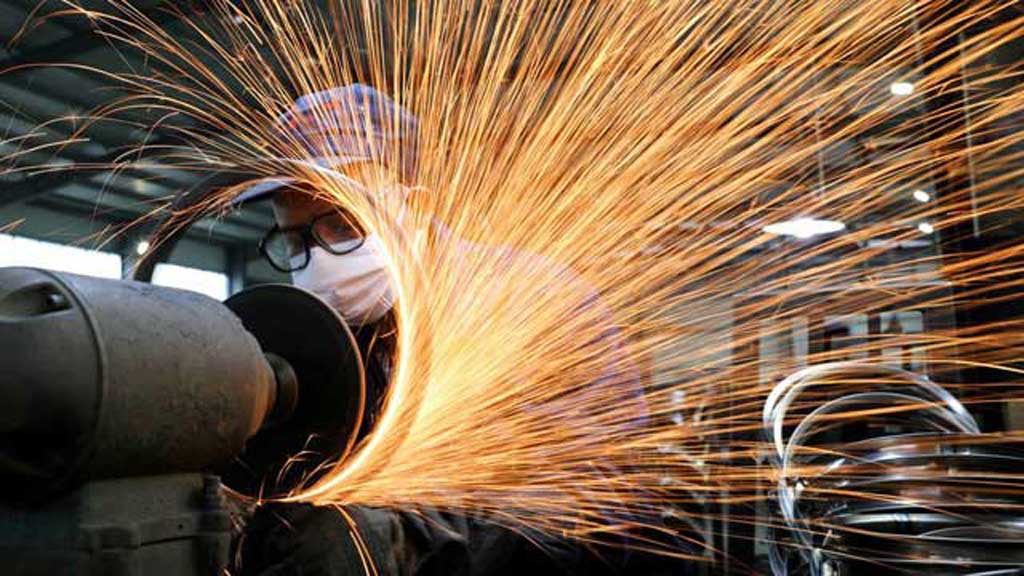ASIA’S FACTORIES STUMBLE AS U.S. TARIFFS HIT ORDER BOOKS

PMI signals cool demand across major hubs
Fresh business surveys show October as another soft month for Asia’s manufacturers. Purchasing Managers’ Index readings flagged weaker export orders in China, South Korea, and parts of Southeast Asia. Executives blamed a one-two punch: U.S. tariffs that complicate pricing and routing, and a slower tech-cycle recovery than many hoped for mid-Q4. A short tariff truce between Washington and Beijing lifted sentiment but not volumes. Firms that pre-shipped ahead of earlier deadlines now face leaner pipelines. India remained more resilient on domestic demand, while Vietnam and Indonesia posted mixed gains on consumer goods.
Factories adapt with “China-plus-one” and product shifts
Producers are accelerating diversification—more tooling placed in India or ASEAN, components dual-sourced, and sales teams pursuing non-U.S. markets. South Korea eyes incentives for semiconductors and EV parts to offset tariff exposure. China leans on fiscal support and a weaker yuan to prop up orders, while pushing local chip and industrial-software stacks. Logistics managers report higher costs from tariff routing and compliance, cutting margins even when top lines hold. The risk into early 2026 is a prolonged plateau: neither a collapse nor a surge, but steady under-capacity utilization that hinders capex. Policymakers are betting targeted subsidies and tax breaks can bridge the gap until demand normalizes. For now, “resilience over efficiency” remains the operating doctrine for Asia’s factory floor.






















